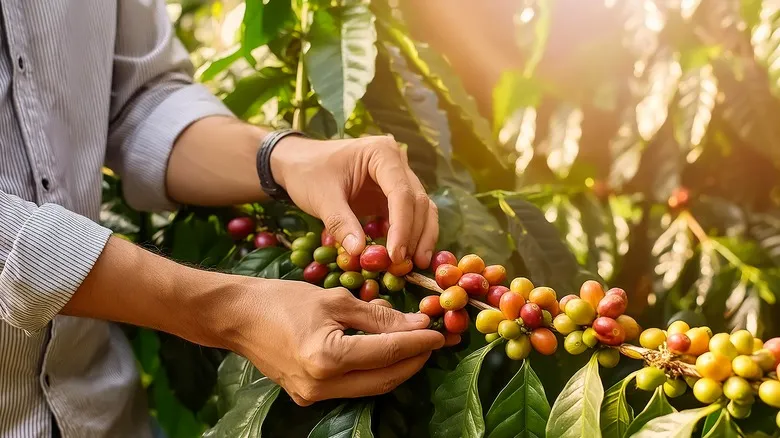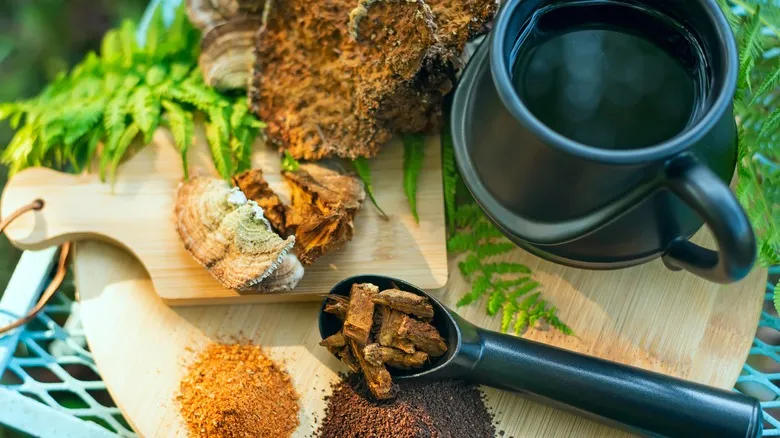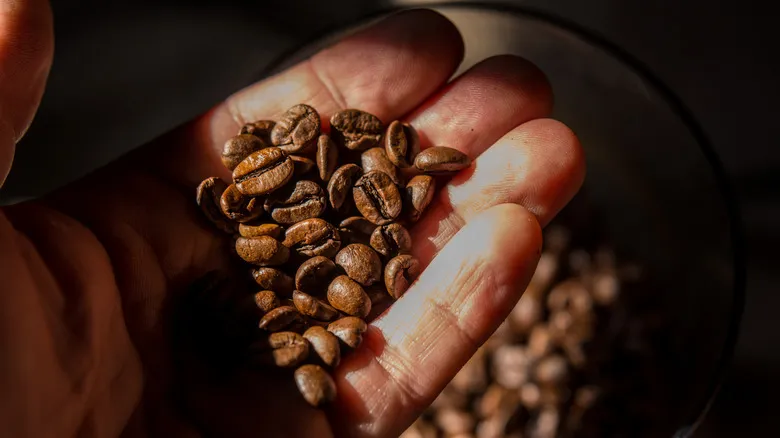Slow grown is best, if you're after a complex, rich cup of joe

Mathew Woodburn-Simmonds elaborates on the significance of the sweet, gradual ripening process. Patience pays off, especially when it comes to the most flavorful and acidic coffee beans; those grown at high altitudes yield a rich, fruity, and spicy brew.
So, what is the ideal altitude? Woodburn-Simmonds notes that "Ethiopian coffee is typically cultivated at very high elevations, often exceeding 6,000 feet above sea level, resulting in an extraordinary perfume and delicate aromas." The advantages in aroma and flavor apply to all beans grown above 4,000 feet, which is classified as high altitude. A balanced option is beans cultivated between 2,500 and 4,000 feet, which generally produce a sweeter and brighter flavor profile. Beans grown at lower elevations tend to be more uniform and subtle in taste.
As coffee cherries mature, they transition from a vibrant green to a deeper red. They are harvested from the plant and separated from their outer skin and pulp. What remains is the bean, which is then dried, roasted, and sold to coffee enthusiasts. Experienced coffee aficionados can often determine the altitude at which the beans were grown just by visually inspecting green, unroasted coffee—the shape, fissure line, and color of the beans all provide clues about their growing conditions. However, since most consumers purchase pre-roasted beans, it's best to ask the barista or roaster about the altitude of the beans you’re interested in.
Coffee altitude is far from an exact science

It's essential to recognize that, much like all forms of art — and a great cup of coffee certainly qualifies — there isn't a precise formula for understanding the impact of altitude. You can't pinpoint a specific altitude that will guarantee the perfect brew. These variables are somewhat fluid and influenced by numerous factors, such as the type of beans and the specific coffee farm, as Matthew Woodburn-Simmons points out.
For instance, while higher altitudes are generally better for enhancing bean flavor, there are remarkable coffees produced at lower elevations due to shaded growing conditions or farms located at particular latitudes. Woodburn-Simmons commends those who consider altitude, suggesting that it indicates a commitment to seeking out richer, higher-quality coffee, unlike less discerning drinkers who simply grab any bag and call it good.
With that said, if you're aiming for the highest-quality, most complex cup of coffee, opt for beans cultivated at higher altitudes. While your brewing methods, flavor enhancements, and even the packaging of the beans play a role, they can only do so much. The journey to a superior cup begins with the origin of the beans you select.
Recommended

A Brief History Of Pumpkin Spice

Noisette: The Foamy French Coffee Style You Can't Miss Out On

Iced Coffee Spiked With Whiskey Is James Beard-Approved

The Caffeine-Free Coffee Alternative That Will Still Wake You Up
Next up

